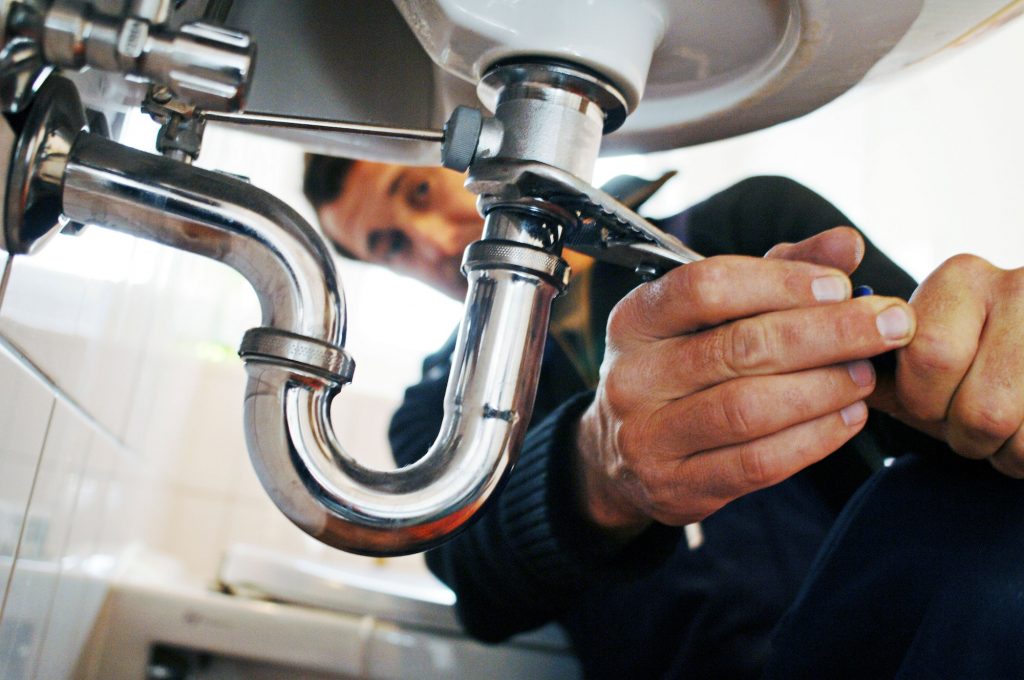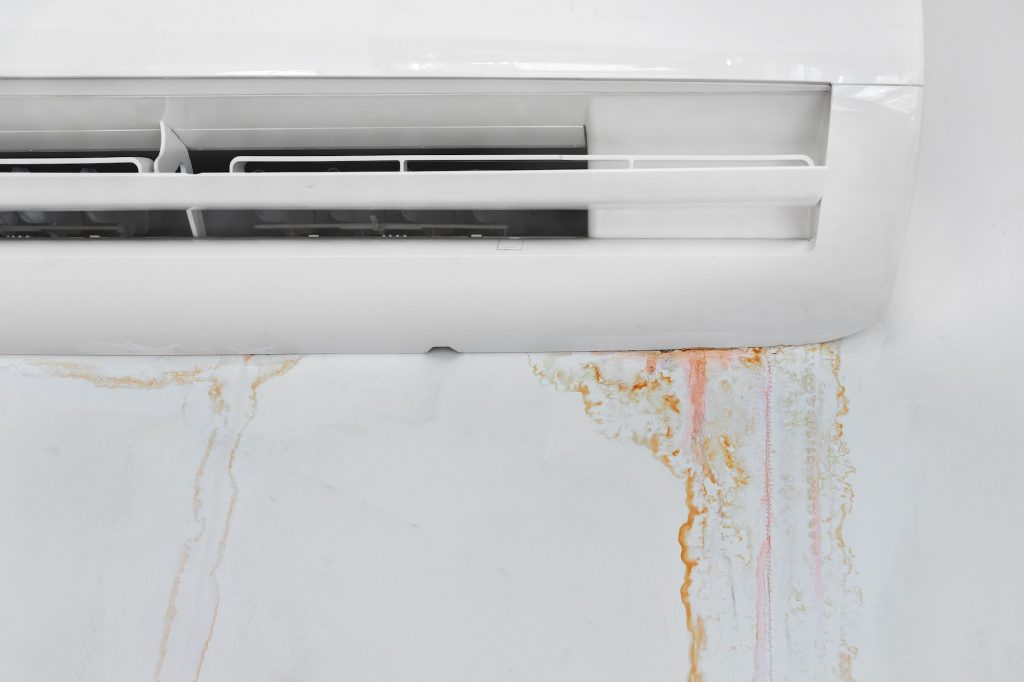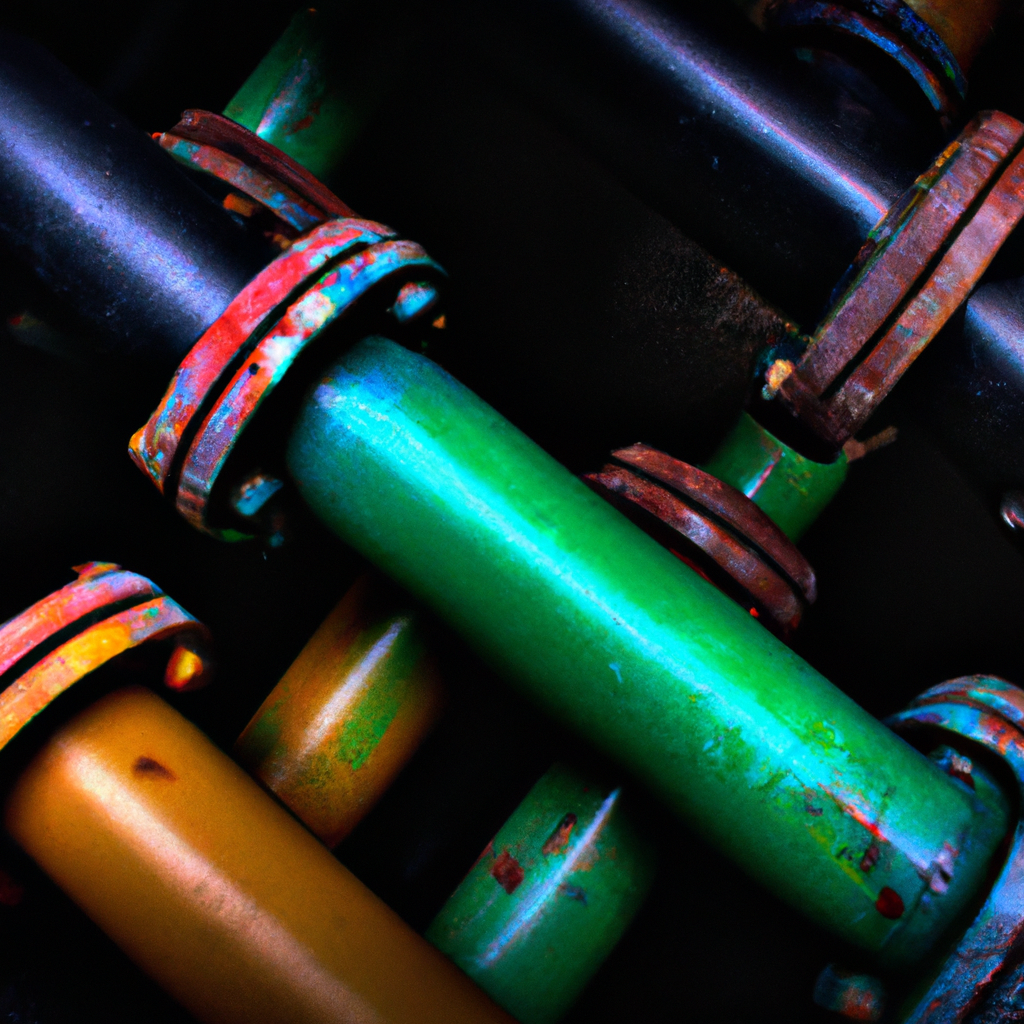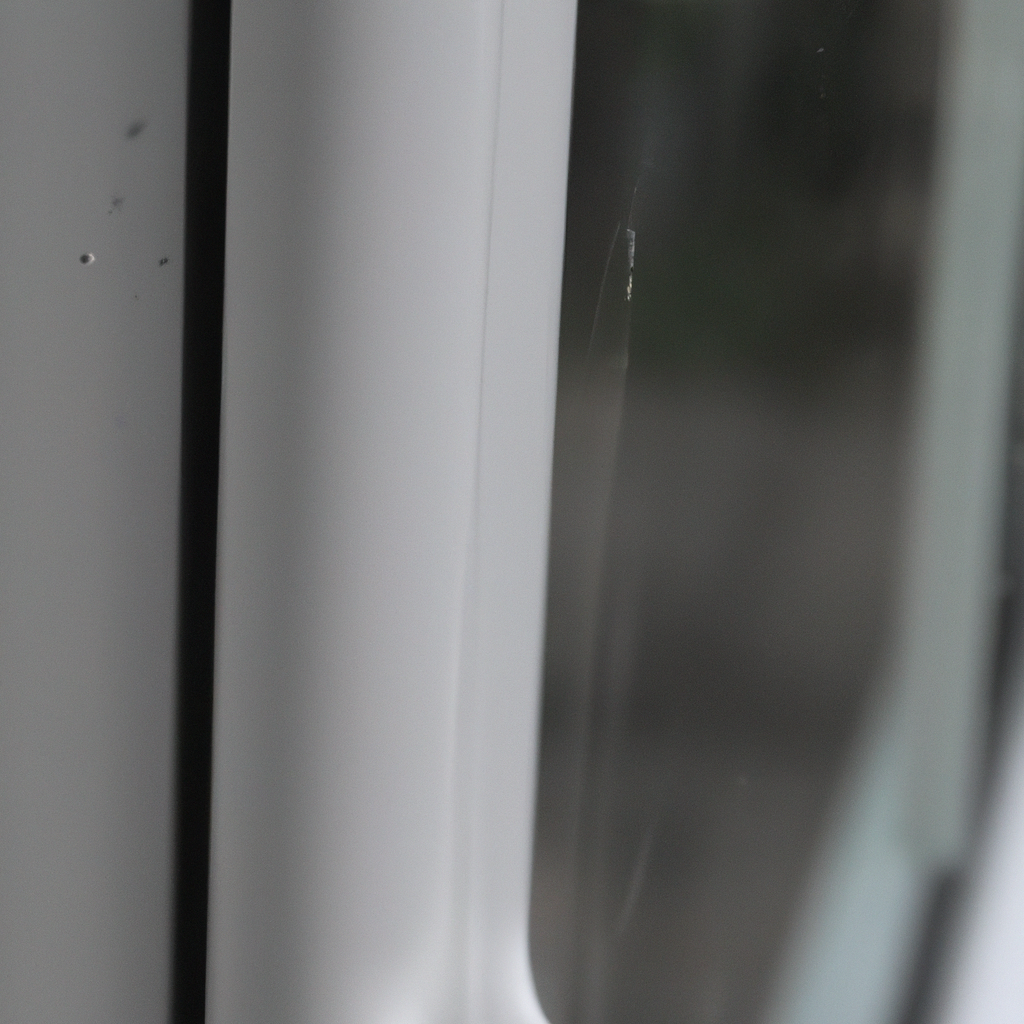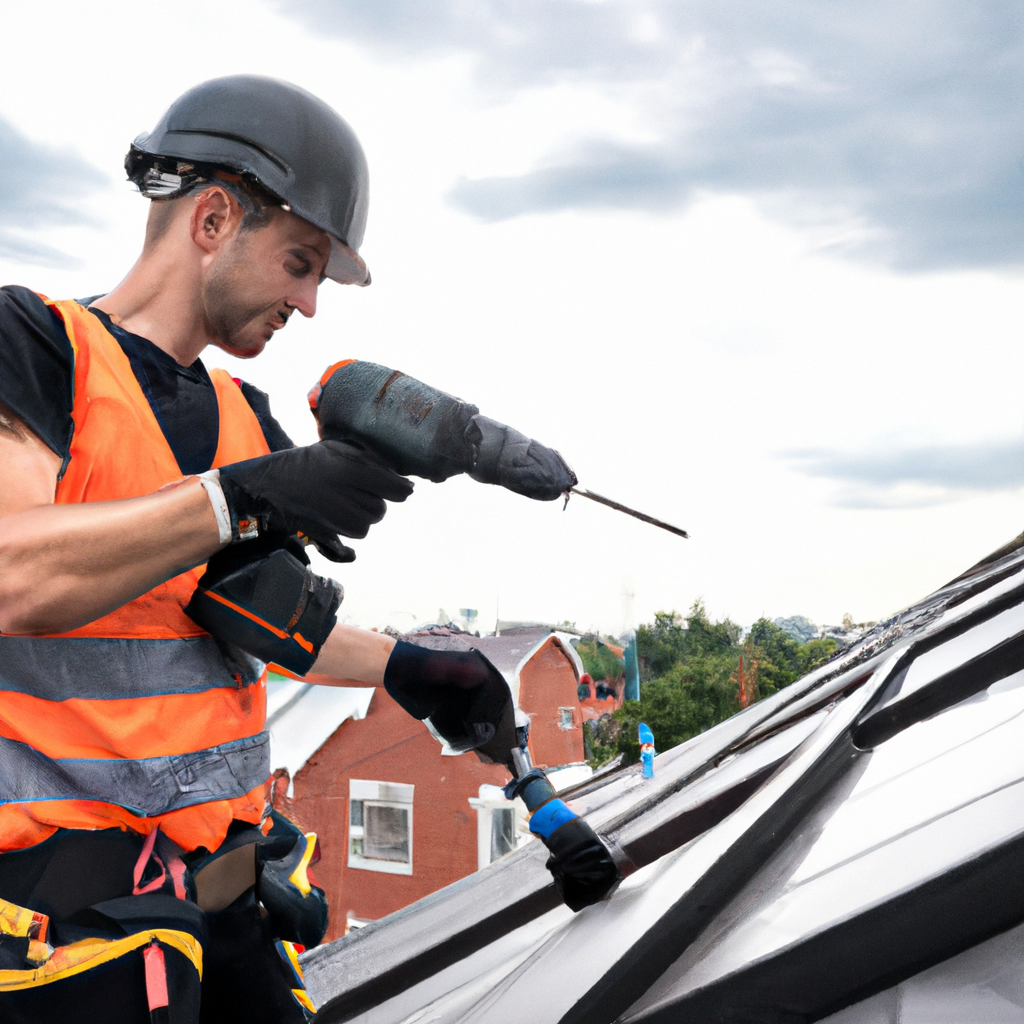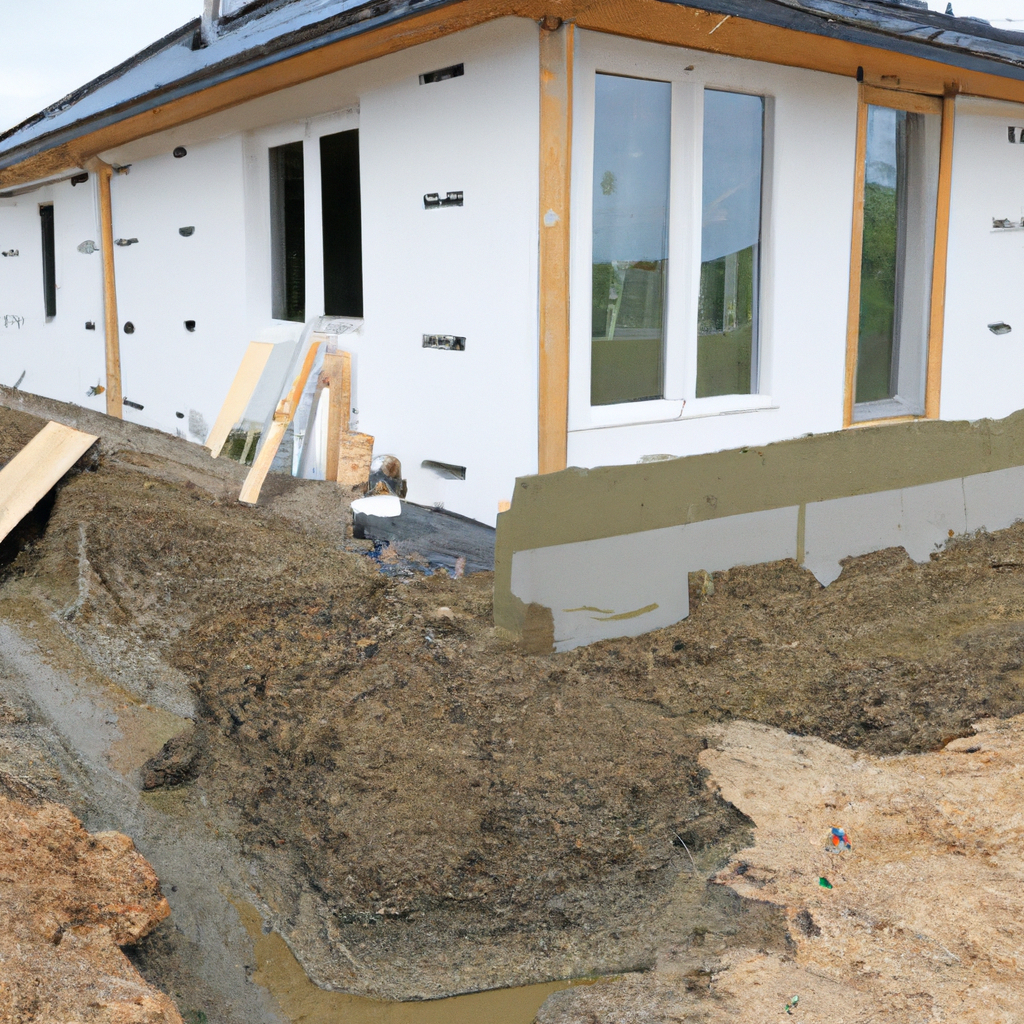Are you tired of stepping into the shower, expecting a warm and relaxing experience, only to be greeted with a blast of icy cold water? Inconsistent water temperatures can be a frustrating and uncomfortable experience for anyone. But fear not, as we are here to help you understand the reasons behind this issue and provide you with practical solutions to say goodbye to those chilling cold showers once and for all.
Understanding the Causes of Inconsistent Water Temperatures
Before we dive into the solutions, it’s important to understand the underlying causes of inconsistent water temperatures. There are several factors that can contribute to this issue, and by identifying them, we can take the necessary steps to fix them.
1. Faulty Thermostat or Temperature Valve
One common cause of inconsistent water temperatures is a faulty thermostat or temperature valve. These components are responsible for regulating the water temperature in your shower, and if they are malfunctioning, you may experience sudden shifts in temperature. It’s important to have these components inspected and repaired or replaced if necessary.
2. Sediment Build-Up in the Water Heater
Over time, sediment can accumulate in your water heater, affecting its performance and leading to inconsistent water temperatures. This sediment can interfere with the heating element and cause fluctuations in the water temperature. Regular maintenance, including flushing the water heater to remove sediment, can help prevent this issue.
3. Insufficient Water Pressure
Inadequate water pressure can also contribute to inconsistent water temperatures. If the water pressure is too low, it may not be able to maintain a consistent flow of hot water, resulting in sudden temperature changes during your shower. Checking and adjusting the water pressure in your home can help alleviate this problem.
4. Plumbing Issues
Leaking pipes or faulty plumbing connections can disrupt the flow of hot water to your shower, leading to inconsistent temperatures. It’s important to have any plumbing issues addressed by a professional plumber to ensure proper water flow and temperature regulation.
5. Hot Water Demand
In homes with multiple showers or appliances requiring hot water simultaneously, the demand for hot water may exceed the capacity of the water heater. This can result in inconsistent water temperatures as the water heater struggles to keep up with the demand. Upgrading to a larger water heater or installing a tankless water heater can help meet the increased hot water demand.
Solutions to Ensure Consistent Water Temperatures
Now that we’ve identified the causes of inconsistent water temperatures, let’s explore some effective solutions to help you enjoy a consistent and comfortable showering experience.
1. Regular Maintenance and Inspections
To prevent issues with your thermostat, temperature valve, and water heater, regular maintenance and inspections are crucial. This includes flushing the water heater to remove sediment, checking for leaks or faulty connections, and ensuring proper functioning of the temperature-regulating components. By staying proactive with maintenance, you can minimize the chances of experiencing inconsistent water temperatures.
2. Upgrading to a Smart Shower System
Smart shower systems have gained popularity in recent years for their ability to provide precise control over water temperature. These systems utilize advanced technology to maintain a consistent temperature throughout your shower, eliminating the risk of sudden temperature fluctuations. Consider upgrading to a smart shower system to enhance your showering experience.
3. Adjusting Water Pressure
If you’re experiencing inconsistent water temperatures due to low water pressure, adjusting the water pressure can make a significant difference. Consult with a professional plumber to determine the optimal water pressure for your home and make any necessary adjustments to ensure a consistent and enjoyable shower.
4. Installing a Thermostatic Mixing Valve
A thermostatic mixing valve can be a game-changer when it comes to maintaining consistent water temperatures. This valve blends hot and cold water to achieve a desired temperature, ensuring a steady flow of water at the set temperature. Installing a thermostatic mixing valve can help you say goodbye to inconsistent water temperatures once and for all.
5. Upgrading to a Larger Water Heater or Tankless Water Heater
If your hot water demand exceeds the capacity of your current water heater, it may be time to consider an upgrade. Upgrading to a larger water heater or installing a tankless water heater can provide you with a continuous supply of hot water, eliminating the issue of inconsistent water temperatures.
6. Seek Professional Help
If you’ve tried the above solutions and are still experiencing inconsistent water temperatures, it’s best to seek professional help. A licensed plumber can assess your plumbing system, identify any underlying issues, and provide you with tailored solutions to ensure consistent water temperatures in your home.
Conclusion
Inconsistent water temperatures can be a daily annoyance, but with the right understanding and solutions, you can bid farewell to those dreaded cold showers. By addressing issues such as faulty thermostats, sediment build-up, inadequate water pressure, plumbing problems, and hot water demand, you can enjoy a consistent and comfortable showering experience. Remember to prioritize regular maintenance, consider upgrading to smart shower systems or thermostatic mixing valves, and consult with professionals when needed. Say goodbye to cold showers and embrace the pleasure of consistent water temperatures in your home.

